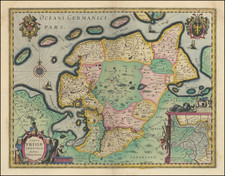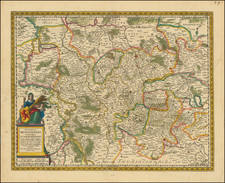In the aftermath of World War II, Europe grappled with the colossal task of rebuilding cities, economies, and societies. Amidst the ruins lay an urgent humanitarian challenge: millions of people displaced from their homes due to the ravages of war. This map, titled D.P. Operations in the British Zone of Germany as at 1st Nov.1949, provides a visual representation of the extensive network established to address this challenge within the British Zone of Occupation in Germany.
Covering Schleswig-Holstein," Niedersachsen, and Nord-Rhein/Westfalen regions, the map details the locations of various facilities connected to the care, repatriation, and resettlement of displaced persons (D.P.). From the coastline towns of Flensburg and Cuxhaven to significant cities like Hamburg and Hanover, the map captures a landscape reshaped by the exigencies of post-war rehabilitation. Notable is the marking of facilities like D.P. Assembly Centres, Repatriation Transit Centres, and Resettlement Transit Centres, highlighting the structured approach to handling the D.P. crisis.
Complementing the geographical details is a data table titled "Prisoners of War & Displaced Persons Monthly Situation Report: Position in the British Zone as at 30 Sept. 1949." This table enumerates the number of D.P.s segmented by nationality and location, providing a quantitative lens to the vastness of the humanitarian task. The diverse range of nationalities—Baltic, Polish, U.S.S.R., Yugoslav, and others—underscores the complexity of the situation and the multiplicity of narratives converging in the British Zone.
The map's legend also sheds light on the administrative and logistical machinery in place. Symbols indicating the "Displaced Persons Division H.Q.," "I.R.O. Zone H.Q.," and "I.R.O. Sub Area Offices" suggest a multi-tiered approach to D.P. management, involving coordination between various entities. Moreover, the presence of "C.C.G. Relief Detachments" and "Resettlement Staging Centres" underscores the collaborative nature of these operations, likely involving military, international agencies, and non-governmental organizations.









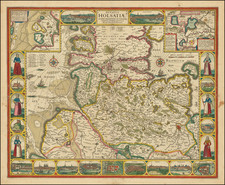
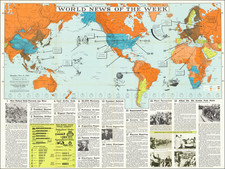
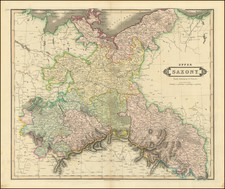
![[World Map / Malaria / Dr. Seuss ] This is Ann . . . She drinks blood!](https://storage.googleapis.com/raremaps/img/small/73499.jpg)
